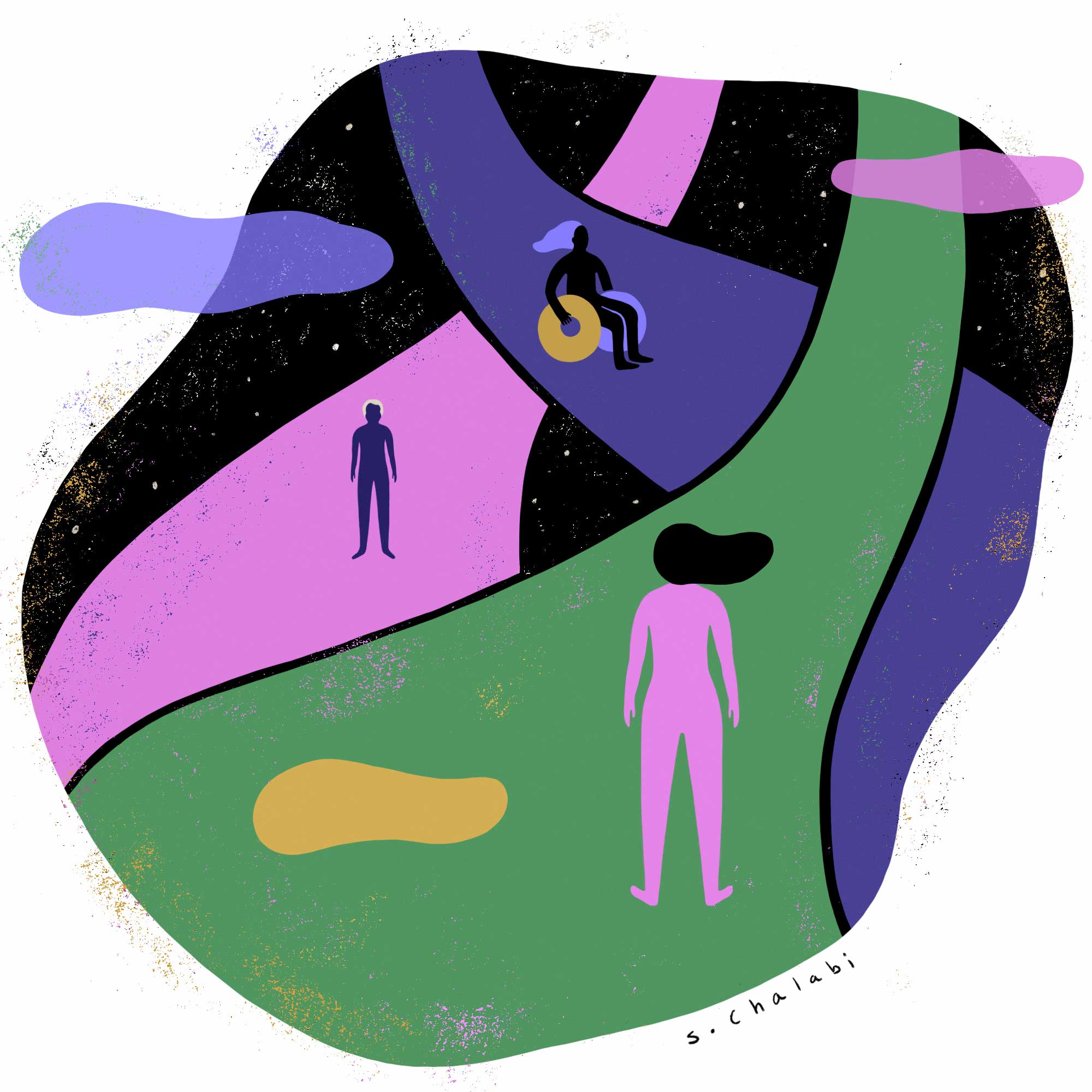Iyabo Boyd on a BIPOC power pipeline
Iyabo Boyd is a screenwriter, director, and producer working in fiction and documentary film. She is also the founder of Brown Girls Doc Mafia, a collective for women filmmakers of color working in documentary. This provocation includes contributions from Abby Davis, Jihan Robinson, and Anonymous.
The recent mass protests of the violence against Black, brown, and trans bodies have accelerated the film industry’s recognition of the vital importance of storytellers from these communities and reignited the call for diversity on screen and behind the camera. Less discussed is the experience of BIPOC working on the executive side of the industry. For production company executives, buyers, funders, agents, curators, etc., how have systemic racism, sexism, and classism permeated their career tracks? Where do the barriers to success and advancement lie, especially for mid-career and senior levels, and who is responsible? How have these experiences caused professional, psychological, and financial damage that may discourage BIPOC executives, especially women and non-binary folks, from pursuing the careers they truly desire, and from seeking positions of power?
Before white decision makers attempt to build or expand programs that lift up BIPOC executives, we urgently need greater understanding of this community’s experiences. If we don’t take time for meaningful engagement and solution-building amongst ourselves, we risk replicating ineffectual programs that do nothing to address the marginalization and unequal compensation of BIPOC execs in relation to our white counterparts.
A recommendation for the field: an initiative bringing together BIPOC executives (documentary and fiction) to hold a series of private conversations about breaking down systemic racism, sexism, and classism within the film executive career track. The process would be guided by a strategic planning facilitator over a 3-month period in a “truth and reconciliation” working group format that would build toward innovative solutions for shifting the field—for us, by us.
Structure and goals: 1) Meet in small groups to speak transparently about everyone’s career tracks and share stories of struggle and triumph. Review perceptions and truths about how the executive pipeline works. 2) Use the group’s experiences to map the executive pipeline—where it serves BIPOC executives and where it fails them. Identify the power brokers within the pipeline and best practices for securing and sustaining their attention. 3) Brainstorm solutions and opportunities. Develop an initiative including (but not limited to) implicit bias training, a leadership program, data project, list of demands, funding plans, or a redraft of hiring practices. Alternatively, develop multiple initiatives that the group could assign other peer groups/organizations/companies to take on as a coalition. 4) Identify project managers, loop in allies and funders, and flesh out a set of action items and desired outcomes. 5) Present the initiative(s) to key audiences and guide adoption and implementation.
These steps lead toward a confrontation with white decision makers to demand change in their ranks, practices, and goals. Until those that control the flow of cash decide to change, advancement on these issues will be miniscule in the marketplace.
This idea is riddled with risks: would we be able to build a safe enough space for the BIPOC participants to truly speak vulnerably, free of judgment, retaliation, or being labeled a “troublemaker”? Should their names remain a secret to protect them? Are the decision makers able to hear the unvarnished truth and actually take action? Despite these risks, our recommendation would provide BIPOC execs with the opportunity to unpack their workplace trauma on a larger scale, build community amongst themselves, identify and catalogue the challenges they face, and therefore have more autonomy in how they continue to advance their careers, with better tools for fighting, surviving, and thriving.

This essay is part of CREATIVE FUTURES, a series of provocations by thinkers across the arts, documentary, and journalism on how to reimagine their sectors.